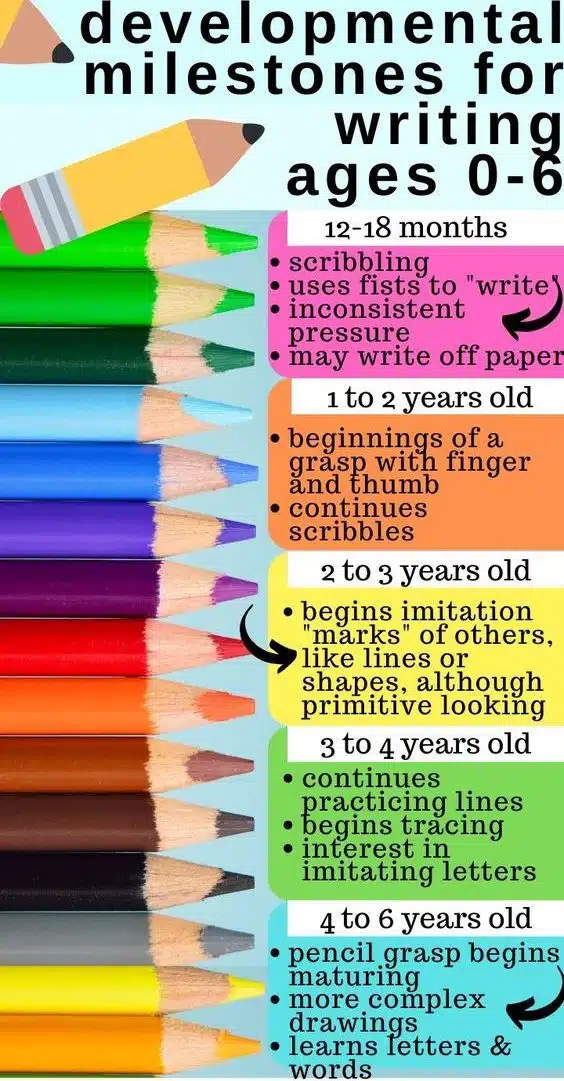Aquatic therapy is a versatile treatment approach that can be tailored to meet the specific needs of each child. Here are some examples of how it is used:
| Technique |
Purpose |
| Buoyancy support |
Helps children feel secure and reduces the impact on joints, allowing them to focus on movement and skill development. |
| Resistance exercises |
Utilizes the water’s resistance to build strength, endurance, and coordination. |
| Sensory input |
The water provides tactile and proprioceptive input, which can help regulate sensory processing and improve body awareness. |
| Play-based activities |
Incorporates games and fun activities to keep children engaged and motivated while working towards their therapeutic goals. |
Aquatic therapy is a powerful tool in helping kids with special needs improve their physical, social, and emotional well-being. By working closely with a trained therapist and tailoring the sessions to each child’s unique needs, aquatic therapy can help children make significant progress and enjoy the many benefits of water-based activities.
This post was originally published on Sept. 8, 2023. It was updated on April 2, 2024.















